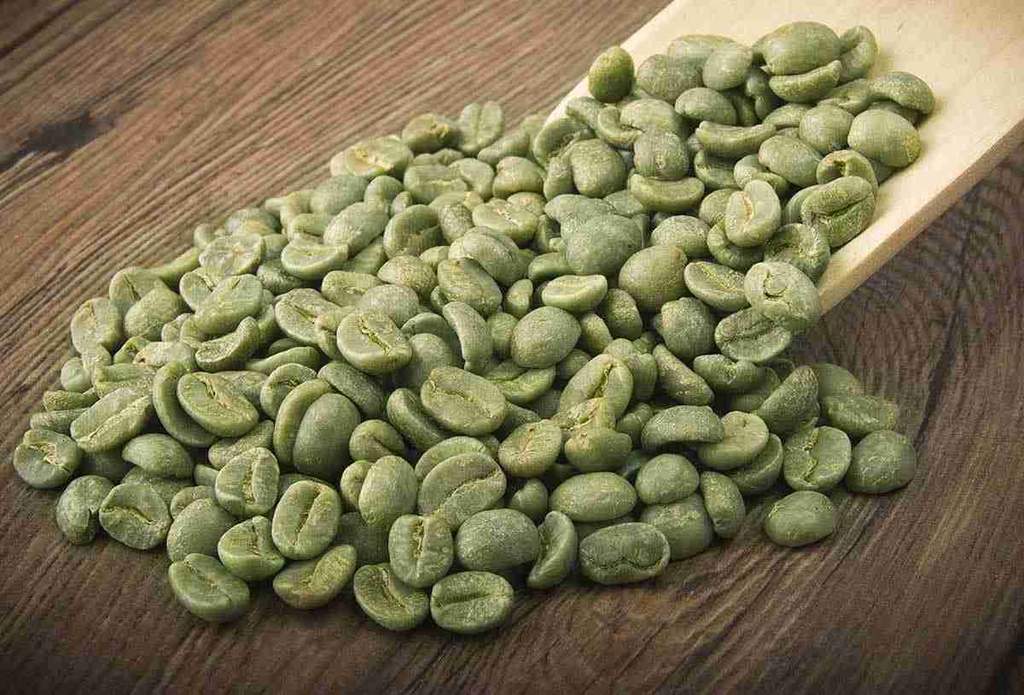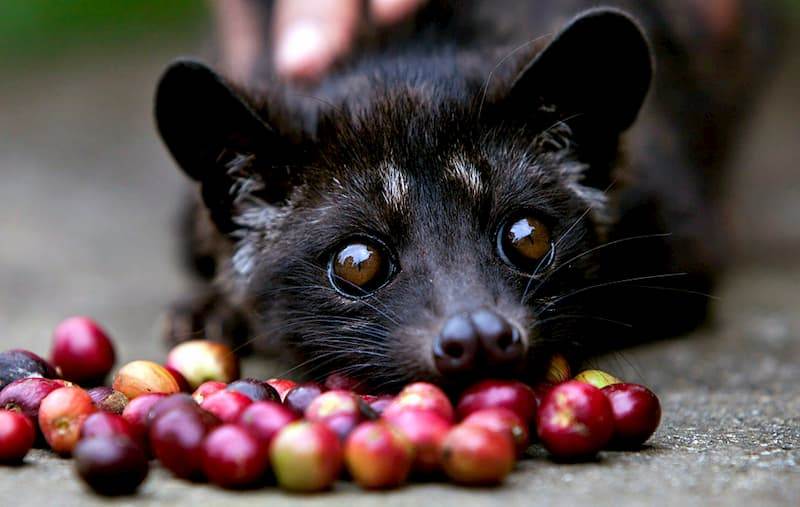A friend of mine moved to Thailand for a long-term expat stay. And since all my friends are somehow interested in coffee and everything related to it – the type of beans, how they are roasted, how they are brewed and served – he shared with me some secrets of Thai and Vietnamese coffee. Unexpectedly, the brewing process turned out to be quite interesting, and the coffee tasted unexpectedly good. Spoiler alert – you will need simple and inexpensive equipment to prepare each type of this exotic coffee drink.
First, I tested both cooking methods myself, and I can present them to you. However, before we get started, I analyzed the differences between Thai and Vietnamese coffee brewing, and I must say that although they have a lot in common, there are significant differences that apply to literally every step of the coffee brewing and serving.
The main difference between Thai coffee and Vietnamese coffee are:
- the type of bean used,
- the brewing method and
- the recipe and
- the ingredients used.
To create a delicious cup of Thai or Vietnamese coffee, the initial step is to understand the distinction between the two types of beans. By delving deeper into the coffee from each country, we can compare and contrast the unique characteristics of these two coffees.
Vietnamese Coffee Beans
Vietnam has a very old and traditional culture of growing coffee trees. The main coffee crop in Vietnam has been Robusta for decades, Vietnam is the largest producer of Robusta coffee in the world, and more than 90% of the coffee grown in Vietnam is Robusta.
What does Vietnamese Robusta taste like?
Robusta coffee beans are grown on robusta, a hardy plant that can grow at low altitudes. Robusta coffee tastes stronger than Arabica coffee. It is noteworthy that Vietnamese Robusta tastes different from other varieties of Robusta grown, for example, in Brazil or the Congo. This is partly due to the climate in which the coffee is grown, which is hot and humid, and partly due to the processing method, which often involves the use of low-pressure steam to remove the outer layers that cover the coffee bean. This process is known as “wet roasting” and is unique to Vietnam.
As robusta beans are naturally processed whic is typical for Vietnam, this allows more sugars to remain on the bean since it has less fat. With 60% less sugar and fat than Arabica coffee, Robusta has a bold and earthy flavor with hints of chocolate and nuts. At the same time, Robusta has almost 2 times more caffeine than Arabica.
Country’s signature condensed milk coffee drinks made from Vietnamese robusta are distinguished by their distinctive flavor and creamy texture.
Is Vietnamese Arabica good?
Arabica coffee is more common in the West, where it is favored for its fruity and lighter flavor. Some even believe that Arabica is undeservedly overpriced compared to other varieties that are just as robust. Recely, we detailed all different types of coffee in our article How many types of coffee beans in the world?
In Vietnam, Arabica is much less widespread, but it has become increasingly popular among some farmers over the past 10 years. One of the popular subspecies of Arabica in Vietnam is called Catimor, which comes from a hybrid of Arabica and Robusta beans. Researchers are also developing new varieties such as Bourbon and Typica.
For espresso, it is best to use a blend of Arabica and Robusta. Arabica gives you the perfect balance of bold yet mild, delicate fruity flavor. These blends contain about 25% more caffeine than pure Arabica.
Nguyen Coffee Supply
The best known producer of Vietnamese coffee is the company Nguyen Coffee Supply, the single-origin Vietnamese coffee brand. It was founded in 2016, by Sarha Nguyen, entrepreneur and activist, a daurhter of Vietnamese refugees.
The main emphasis of the brand is on promoting the robusta coffee bean, while also featuring the top-quality Vietnamese Arabica coffee that only accounts for 10% of the country’s total coffee output. Through a direct trade agreement, the company were able to bring arabica and robusta beans from Vietnam to Brooklyn, where Nguyen roasts and distributes them to coffee enthusiasts. The company is distinctive for its commitment to ethical and sustainable sourcing of coffee. It is not only challenging misconceptions and promoting a more equitable coffee industry, but also helping to bring a greater appreciation for the diverse flavors and nuances that can be found in coffee.
Thailand Coffee Beans
Thailand has recently emerged as a significant player in the global coffee industry, ranking among the top 15 coffee exporters worldwide. Despite its relative anonymity in the past, Thailand has gained international recognition for its coffee in recent years.
If you are familiar with Vietnamese coffee, Thai coffee is very similar to it, with nuances in the roasting profile and flavor.
Thai Robusta
Robusta coffee is primarily grown in the southern provinces of Chumphon, Surat Thani, Nakhon Si Thammarat, Krabi, Phang Nga, and Ranong. One-fourth of the Robusta coffee produced is consumed domestically in various forms such as soluble, roasted, powdered, and tinned coffee. Robusta beans are easier to grow and have a higher caffeine content than Arabica beans, but they lack the subtleties of the Arabica variety. This is why Robusta beans are typically roasted darker, giving the coffee a strong, bitter flavor that pairs well with milk or sweetened condensed milk.
Thai Robusta coffee is a type of coffee bean that is known for its distinctive flavor profile. When brewed, Robusta coffee often has a strong, earthy taste that is characterized by notes of bitterness and a rubbery or grain-like flavor. These flavors are more pronounced than those found in other varieties of coffee, such as Arabica.
Thai Arabica
Arabica coffee is grown in northern Thailand, specifically in the region known as the Golden Triangle, which borders Burma and Laos. Arabica coffee has a profitable yield for all categories of farmers, including hill people. Organic coffee is considered suitable for cultivation in highland areas with an elevation range of 800 to 1,200 meters. The coffee is grown in both shaded and open areas in full sun, and intercropping is also practiced in hill areas along with fruit trees. Arabica coffee has a milder taste compared to Robusta, with subtle flavors that vary depending on the region where it is grown.
It should be noted that in both Vietnam and Thailand, the locals, unspoiled by Western civilization, use only Robusta for all types of coffee drinks.
Brewing Methods
It would seem that both Asian brewing methods should be quite close, but no! There is a difference between Thai and Vietnamese coffee in the way it is filtered, which can be considered the key difference between the two beverages.
Vietnamese Coffee Phin – what is it?
Vietnamese coffee is normally brewed with a phin, a sort of metal filtered pour-over. The phin is a distinctive Vietnamese coffee device that resembles a miniature dish, but don’t let its appearance fool you. It is, in fact, a portable drip coffee maker that produces a delicious brew. It has a compartment with tiny holes in it for the coffee to drip down. It sits on a plate that fits over the serving cup.
Using the phin is a simple process that involves pouring ground coffee into the chamber, pressing it down tightly with a special tool, and pouring boiling water on top. The equipment is then placed over a glass, and the coffee slowly drips through the filter, producing a flavorful cup in just 3-4 minutes.
This filter allows the coffee to flow slowly and smoothly, resulting in a rich coffee taste. Although the brewing process with the phin can be a bit fiddly, the results are well worth the effort. This method is commonly used in both coffee shops and households throughout Vietnam, where it is known for producing a milder, sweeter coffee that is free of bitterness and sourness.
Thai brewing method – Tungdtom filter
Thai coffee is brewed by steeping the coffee within a cloth sack – tungdtom. To use the filter, the prepared coffee blend is placed inside the cloth sack. The sack is then placed inside a carafe or mug and boiling water is poured over it. The coffee is allowed to steep in the bag for about 10 minutes, which allows the water to extract the flavors and aromas from the coffee and spices. The resulting coffee is strong and flavorful, with a unique taste that is characteristic of Thai coffee.
The tungdtom filter is a popular method used in many households and coffee shops in Thailand. The filter allows the coffee to be brewed slowly, which results in a richer and more complex flavor profile. Additionally, the filter can be reused multiple times, making it an environmentally friendly option for coffee lovers
Using a tungdtom coffee filter yields a less bitter coffee with a higher level of acidity. On the other hand, utilizing a phin filter tends to produce a more bitter coffee with lower acidity, and Vietnamese coffee tends to be stronger and have a unique flavor profile when compared to Thai iced coffee.
Preparation – Asian Style
The final chord in the preparation of Asian-style coffee drinks is the method of mixing. Here, too, there are completely different methods of preparation.








